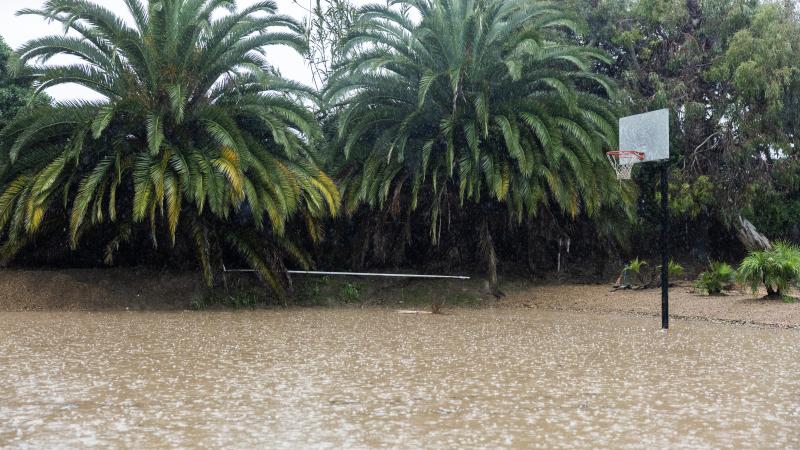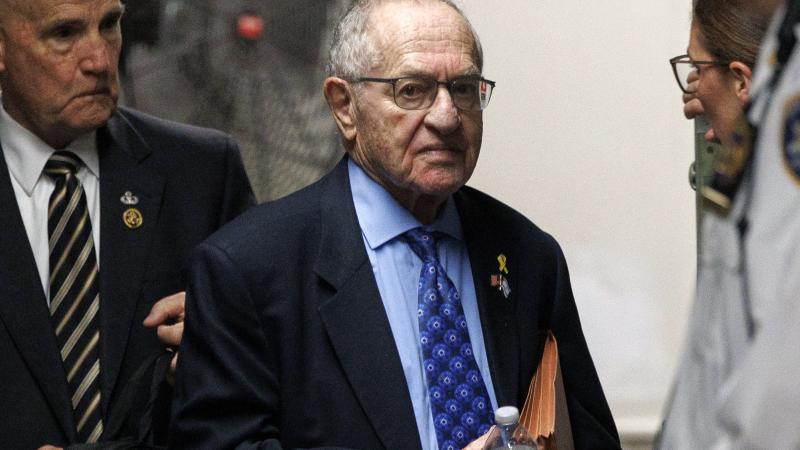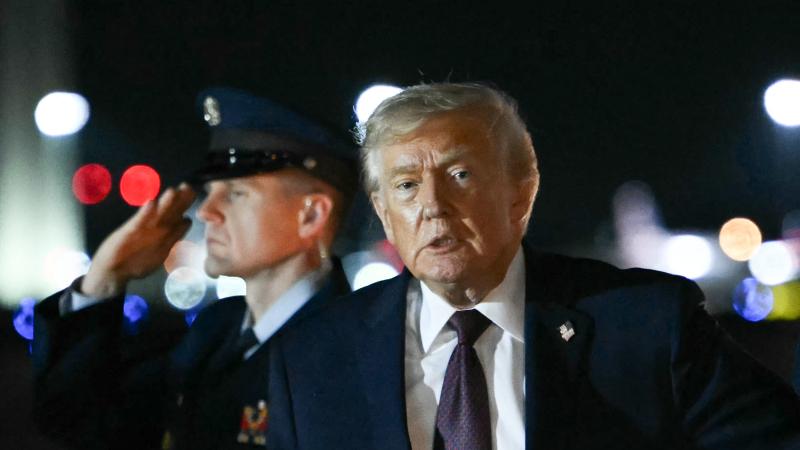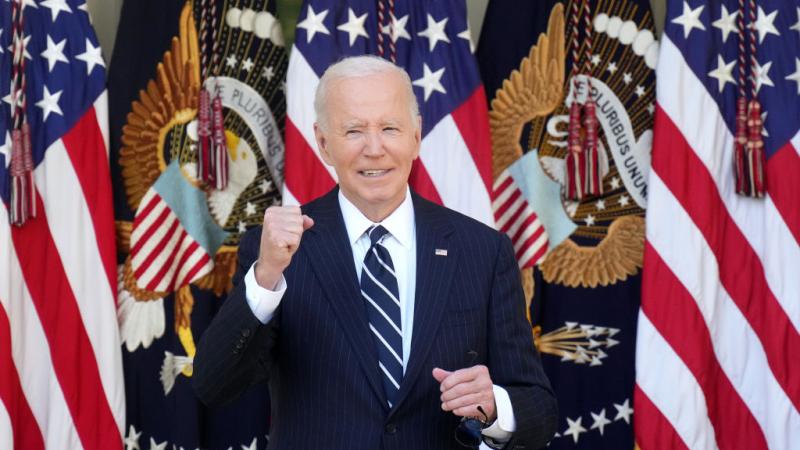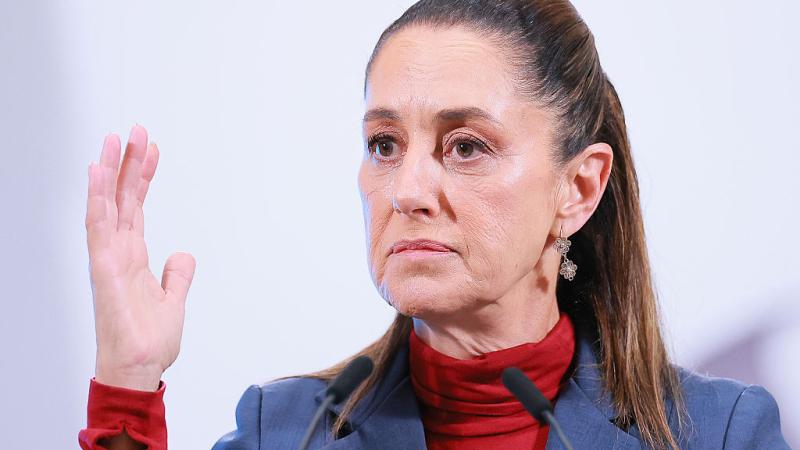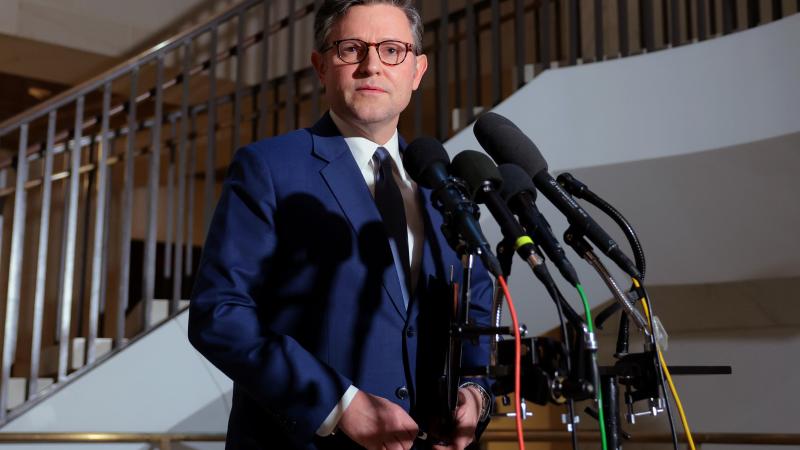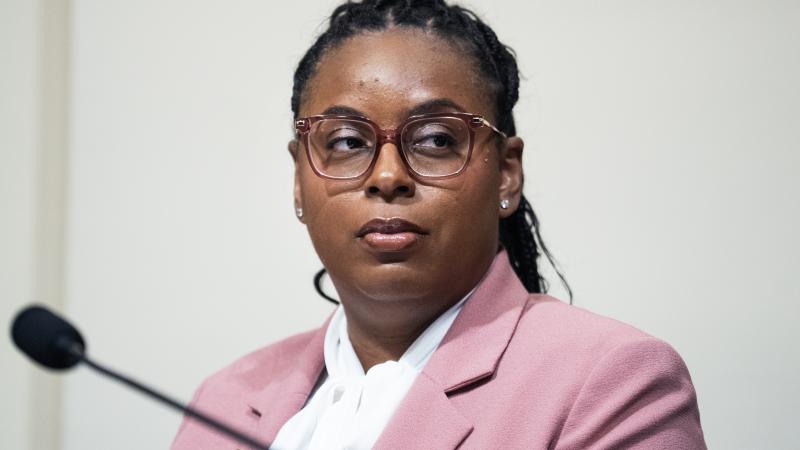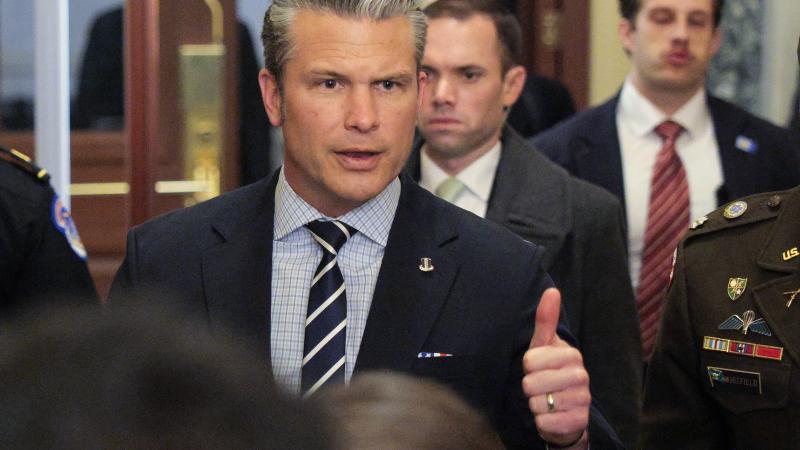Journalism review: How the overuse of anonymous sources can threaten good reporting
Nameless sourcing has 'a checkered journalistic history,' but its usage is common today.
A controversial news report last week involving alleged offensive remarks by President Donald Trump threw into stark relief an age-old tension in the field of journalism: When to use anonymous sources and when to spike a story.
On Thursday, Atlantic Editor-in-Chief Jeffrey Goldberg published a report in which several sources claimed that President Trump, when asked if he would like to visit an American war cemetery in Paris, responded: "Why should I go to that cemetery? I's filled with losers." He later allegedly referred to the American military dead as "suckers."
None of the individuals who claimed to have heard the president utter these remarks went on the record. Instead, Goldberg identified them as "four people with firsthand knowledge of the discussion that day."
The article, the claims of which Trump himself has repeatedly disputed in the days since it was published, touched off a firestorm of debate within the media world. Goldberg himself defended the decision, stating that his sources didn't want to be "inundated with angry tweets and all the rest."
Conservative commentator Mark Levin, meanwhile, spoke for numerous critics when he argued that a source's anonymity "means we the public cannot scrutinize these sources."
Anonymous sourcing has fraught history among journalists
Shielded sources are among the oldest conventions of journalism. Yet they remain controversial within the journalistic field itself, with most editors and reporters preferring, wherever possible, to avoid granting a source anonymity.
NPR notes that though it uses information from anonymous sources "to tell important stories that otherwise would go unreported," it nevertheless "pushes to keep its interviews on-the-record."
The Society of Professional Journalists makes a similar argument. While anonymity is "sometimes the only key to unlocking that big story," reporters should nevertheless "use every possible avenue to confirm and attribute information before relying on unnamed sources," recommends the SPJ ethics committee.
"If the only way to publish a story that is of importance to the audience is to use anonymous sources," the SPJ says, "the reporter owes it to the readers to identify the source as clearly as possible without pointing a figure at the person who has been granted anonymity."
The Associated Press follows a similar rule: "Whenever possible, we pursue information on the record," the news agency writes, adding that when anonymity is requested they "adhere to a strict set of guidelines" in handling such information.
Perhaps unsurprisingly, anonymous sourcing carries with it the risk of reduced credibility among readers. At the New York Times several years ago, public editor Liz Spayd alleged "a wide and perilous gulf between the value journalists place on anonymous sources and the value readers do." Though Spayd argued that anonymous sources can play a critical role in journalistic exposes, she conceded that such practices "can be overused and abused."
The Times itself, a year before, had announced that it was "tightening the screws" on unnamed sources, as then-public editor Margaret Sullivan put it. Citing two recent major corrections the paper was forced to issue over a six-month period, Sullivan said the in-house policy was meant to "significantly reduce ... an overreliance on unnamed sources."
"The use of anonymous sources is sometimes crucial to our journalistic mission," the newspaper told its reporters in announcing the policy. "But it also puts a strain on our most valuable and delicate asset: our trust with readers."
Anonymous sources, to be sure, have in numerous instances proven critical to good journalism. Possibly the most famous among them, "Deep Throat," helped Washington Post journalists Bob Woodward and Carl Bernstein to expose the Watergate scandal of the Nixon administration. Former FBI Associate Director Mark Felt eventually revealed that he was the "Deep Throat" source that fed the journalists information.
In other instances "anonymous sources" have been used as cover to commit brazen journalistic fraud, such as when former reporter Janet Cooke admitted she made up a story about an eight-year-old heroin addict for the Washington Post. Cooke had been awarded a Pulitzer Prize for that story, which she subsequently returned after admitting the deception.
One of the most famous journalistic scandals of the 21st century so far — that of the Rolling Stone story "A Rape on Campus," which described a gang rape at the University of Virginia — relied on a partly anonymous source: "Jackie," the purported gang rape victim, who requested to go by only her first name for the length of the report.
The story's writer, Sabrina Rubin Erdely — in addition to countless other critical journalistic errors — took Jackie's anonymity a step further while reporting the story itself, querying the fraternity about the alleged gang rape but offering it no substantive details about the allegation which it could confirm or refute, including Jackie's name.
After other publications and an independent review debunked the Jackie's main claims, Rolling Stone retracted the story and apologized. In a trial that found Rolling Stone guilty of defamation, the magazine's lawyer acknowledged that their shielded source "deceived us, and we do know it was purposeful."
Anonymous sourcing can thus sometimes present difficulties at every level of journalism: in gaining readers' trust, and also in verifying facts during the course of reporting itself.
Many journalist during the course of Trump's presidency have relied on anonymous sources to publish what appear to be bombshell reports about the president, such as the Atlantic story last week. Trump himself has been highly critical of the use of unnamed sources in coverage of his administration. "When you see 'anonymous source,' stop reading the story, it is fiction!" he tweeted in August of 2018.
That same month he tweeted, more forcefully: "The fact is that many anonymous sources don’t even exist. They are fiction made up by the Fake News reporters."
John Cutter, the content director for operations and standards of the Orlando Sentinel Media Group, has bluntly disputed such claims, writing in November: "Whatever you think about the use of anonymous sources, whatever questions you have about their motives and the accuracy of their information and whatever you think about our motives, reporters don’t make up sources."
Yet elsewhere he advised readers to ask if an anonymously sourced article "does a good enough job making clear why the anonymity is granted and indicates how the person knows the information. Look for other parts of the article that are on the record, such as a named source or document, that support what is being said without a name. Follow an issue and see if what is reported anonymously proves to be true in later articles."
"If you don’t see those things," he concluded, "you are right to be skeptical."
The Facts Inside Our Reporter's Notebook
Links
- The Atlantic's report on Trump's remarks about dead soldiers
- NPR on anonymous sourcing
- The Society of Professional Journalists on anonymous sources
- The Associated Press on anonymous sources
- The New York Times on 'the risk of unnamed sources'
- The New York Times: Tightening the screws on anonymous sources


